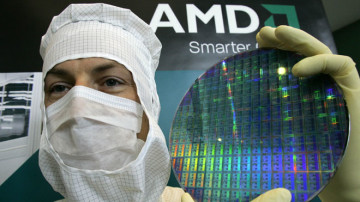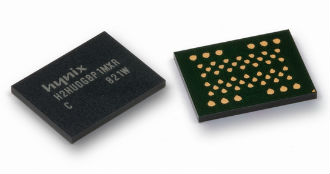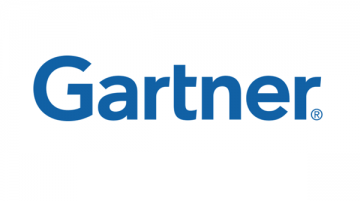 Not having a 450mm production infrastructure in Europe will “threaten the competitiveness of the current European SC manufacturing base” a study has found.
Not having a 450mm production infrastructure in Europe will “threaten the competitiveness of the current European SC manufacturing base” a study has found.
The report commissioned by the European Commission and prepared in partnership with Future Horizons focused on the impact of 450mm manufacturing. It found that European suppliers contribute nearly 25 percent of the equipment used in chip manufacturing today and the transition to 450mm wafer processing may have a significant impact on their competitiveness.
European research consortiums are developing 450mm funding and development plans. In July at SEMICON West, imec announced, the Flemish government’s plans to invest in the building of imec’s 450mm clean room facilities. However the report said how much of this further investment was targeted for 450mm remained unclear.
It warned that with G450C developed based in New York and funded partly by the government, there was a currently limited role of European consortia in 450 R&D, and with high volume manufacturing targeted by US and Asia-based manufacturers, a move to 450 could negatively impact EU-based suppliers.
It said in a bid to maximise impact and benefits for the industry, a shared programme coordinating the leading European R&D institutes activities could be envisaged to secure the equipment and material industry in Europe.
The pair also put forward a master plan, which they said would show both a strong industrial commitment and a coordinated position to leverage the required funding, avoid duplication and concentrate the funding where needed.
The master plan would also be charged with coordination with the Global 450 Consortium (G450C) and be open international participation.
“Failure to support a strong European role in next generation chip manufacturing would lead to a continuous decline in SC production activities in Europe and a progressive shift of the equipment and material industry outside Europe”, it warned.
The report also highlighted that a creation of a 450 pilot line in Europe would benefit the industry. It claimed that it could start in the short term with a five-year programme to urgently set up the 450E pilot line in Europe to support the transition of the European equipment and material suppliers to 450mm and coordinate with the US-led G450C initiative in Albany.
“Every effort must be expended by the European Commission and national PAs to ensure that …advanced manufacturing centres in Europe remain favourable places for chip companies to operate in. High tech industries can only close competitive gaps during technological shifts. The 450mm shift is one of them and most likely the last one for the semiconductor industry,” the report claimed.
Face to face interviews in Europe, Japan, Korea, Taiwan and the USA with senior industry executives across the full industry eco-system, from advance research institutes, equipment and materials firms, IP providers, IDM, fabless and foundry semiconductor manufacturers, end users and public authorities, were conducted to draw conclusions from the report.
 The Network Security and Data Centre Appliance market experienced robust growth as the COVID-19 pandemic continued to loosen its grip, but the ongoing semiconductor supply crunch has also ensnared the Network Security and Data Center Appliance market, according to a new report.
The Network Security and Data Centre Appliance market experienced robust growth as the COVID-19 pandemic continued to loosen its grip, but the ongoing semiconductor supply crunch has also ensnared the Network Security and Data Center Appliance market, according to a new report.










